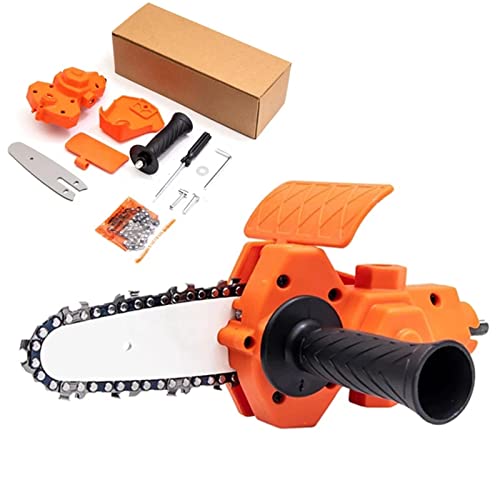The 2071 I just found has the aforementioned auto decomp valve. It's a little plunger built into the cylinder, just behind the coil mounts. This plunger is pressed by a lever that is engaged when you pull the starter rope. Remove the recoil side cover of the saw and pull the rope to watch how it works. I was wondering WTF too when I first saw it, but once I removed the cylinder, I figured it out. Remove the lever from the recoil housing and it will disengage the decomp. I plan on doing this permanently for my 2071 as the piston is a bit scored as it is.
Speaking of which, I visited my friend today, and he hooked me up with the whole crankcase and top end of some nearly-identical little Pioneer for $5! It had no nameplate where mine does, so I'm thinking it's one of the newer models. The piston is slightly scored on the crown, but not nearly as bad as the one I'm replacing. Same story though, only scored above the rings. The cylinder is in much better shape, no flaking or heavy marking in the coating. It might not run like new, but it should run. At any rate, a new piston should be easier to find than a jug. Now I just need to get everything clean and stripped, and painted. I'm in the middle of building a parts washer out of an old sink I had lying around, so once that's done I'll get this thing cleaned up and hopefully blasted down too. I figured out my sandblaster, but I have no cabinet to blast in and the air soon becomes unbreathable. It would be nice to just have a cover to go over the parts washer sink so I could also blast in it, just close the drain off.
Oh, and regarding old saws running with low compression, my friend told me that back in the day, most saws would at least run with absolutely horrible compression. They might not do an honest day's work anymore, but he said they would still fire up. I think that's probably due to the (relatively) big, heavy pistons, flywheels, and cranks and their ability to store and transfer more energy (more torque). Just a theory though.
Yo Jerry, where u at with those paint numbers??? Hope you can help me out with those.































































